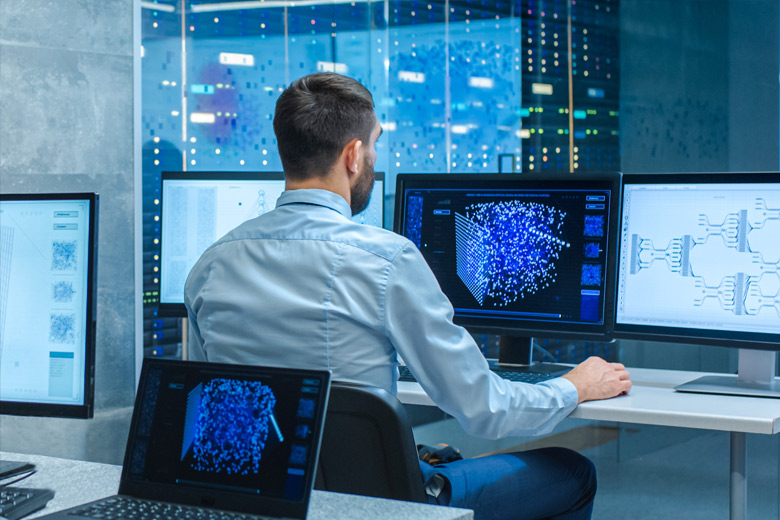
AI advancements, especially Neural Networks, are fuelling many applications and possibilities today. Gear up for a new reality where patterns, decisions, and actions would be based on the power of human brains.
What would it be like to walk in a museum that curates not our past but our future? Hard to say, but one thing is for sure. We would see fascinating copies of our brains sitting cheerfully in some corridor here.
And commanding a spotlight in this corridor would be the fascinating glimpse of neural networks, too – I can bet. This is why I am so excited and upbeat about the changes that these networks will bring to our work and lives – and very soon.
Neural networks – reflecting the behavior of the human brain
In simple words, these networks run the algorithms that form the core of any AI model. They are loosely constructed on the brain’s map of human biological networks. They work by drawing references from the collection of units or nodes called neurons – which model the neurons in the brain. They use this to form a hardware and software system shaped on these highly interconnected processing elements (neurons). Further, an artificial neural network (ANN) can evolve from the fundamental – and it can be used to comprehend the relationship between datasets to generate the desired output. To arrive at that, the system simulates a human brain via some deep learning technologies to solve complex pattern recognition or signal processing problems. Here are some applications of neural networks:
- Weather prediction
- Handwriting recognition
- Fraud detection
- Risk analysis
- Oil-exploration data analysis
- Facial recognition
- Speech-to-text transcription
- Banking- credit and loan application evaluation
- Predictive analytics for loan delinquencies
- Transport- power routing systems, truck brake diagnosis systems, and vehicle scheduling
- Healthcare- cancer cell analysis, advanced diagnostics, and design
- Customer support
The rise and rise of neural networks
We can notice that as AI models and applications explode in growth, there is a corresponding surge in the use of neural networks. In the estimates of Allied Market Research, the global neural network market stood at $14.35 billion in 2020 and can climb to $152.61 billion by 2030. Furthermore, as per MarketsandMarkets, the global artificial neural network market can show a spurt from $117 million in 2019 to $296 million by 2024.
Humans, please enter again
As a 2021 Juniper report pointed out – skills remain a crucial challenge, especially when organizations are struggling with expanding their workforce to integrate with AI systems.
Leveraging the vast potential of AI models based on neural networks would need an intelligent human brain’s creativity and application orientation. Enterprises cannot create algorithms out of thin air. They would have to tap the programming, and design, capabilities of a talented specialist here. They would also need the right quality and data management to make these models churn out the insights that we expect of them.
Anyone who wishes to chart a strong trajectory in the expanding field of AI would be clever to start this journey with areas like neural networks. However, demand is high, and capacity is low – so early runners in this playground would always fetch an edge – by getting lucrative work opportunities and exciting chances to create/run new models.
It would be like playing with the human brain – in a new way. Who could have thought that our brains would be such bundles of creativity when we can play with them as toys!
Anything is possible in this museum of the future. What a time to be alive! What a time to live with AI just around the corner!
 India
India  USA
USA 

